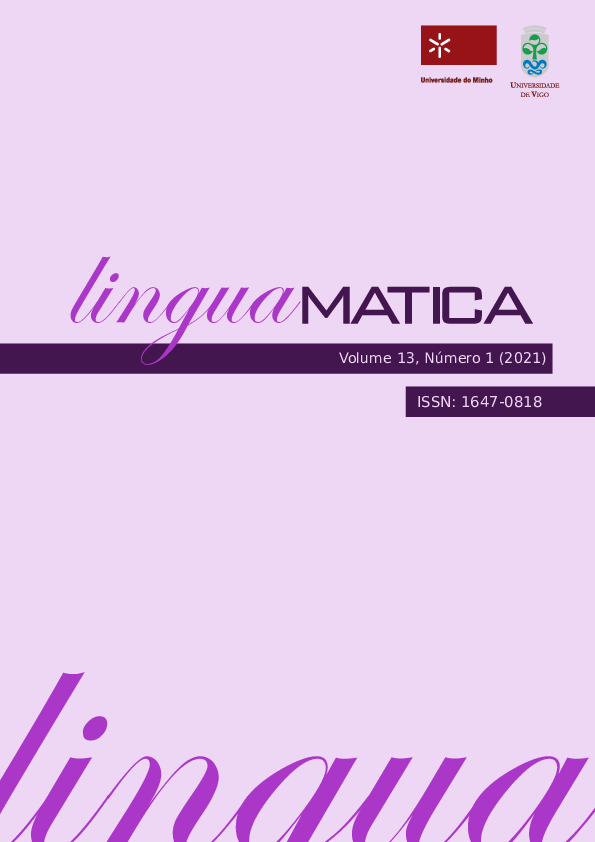Parallel corpus of Spanish, English and Chinese and corpus-based contrastive analysis of the past tense in Spanish
Abstract
This study constructed a trilingual parallel corpus, the Parallel Corpus of Spanish, English and Chinese (CPEIC in Spanish), and used it to benefit research in translation, contrastive analysis, language learning, and teaching. The CPEIC contains the world’s 3 most-spoken languages and comprises approximately 4 million data. Based on the construction result, a parallel corpus-based contrastive analysis was dedicated to the study of the past tense, which functions differently in the 3 languages. The results (1) support previous studies in associating the Spanish preterit and the Chinese aspectual marker "le", and in relating the Spanish imperfect with the English "would" and "was/were+Ving", (2) contradict assumptions for connecting the Spanish imperfect with the Chinese aspectual marker "zhe", and (3) offer new insights in uniting the Spanish preterit with the passive voice in all 3 languages.
Copyright (c) 2021 Hui-Chuan Lu, An Chung Cheng, Meng-Hsin Yeh, Chao-Yi Lu, Ruth Alegre Di Lascio

This work is licensed under a Creative Commons Attribution 4.0 International License.
Authors who publish with this journal agree to the following terms:
- Authors retain copyright and grant the journal right of first publication with the work simultaneously licensed under a Creative Commons Attribution License that allows others to share the work with an acknowledgement of the work's authorship and initial publication in this journal.
- Authors are able to enter into separate, additional contractual arrangements for the non-exclusive distribution of the journal's published version of the work (e.g., post it to an institutional repository or publish it in a book), with an acknowledgement of its initial publication in this journal.
- Authors are permitted and encouraged to post their work online (e.g., in institutional repositories or on their website) prior to and during the submission process, as it can lead to productive exchanges, as well as earlier and greater citation of published work (See The Effect of Open Access).













